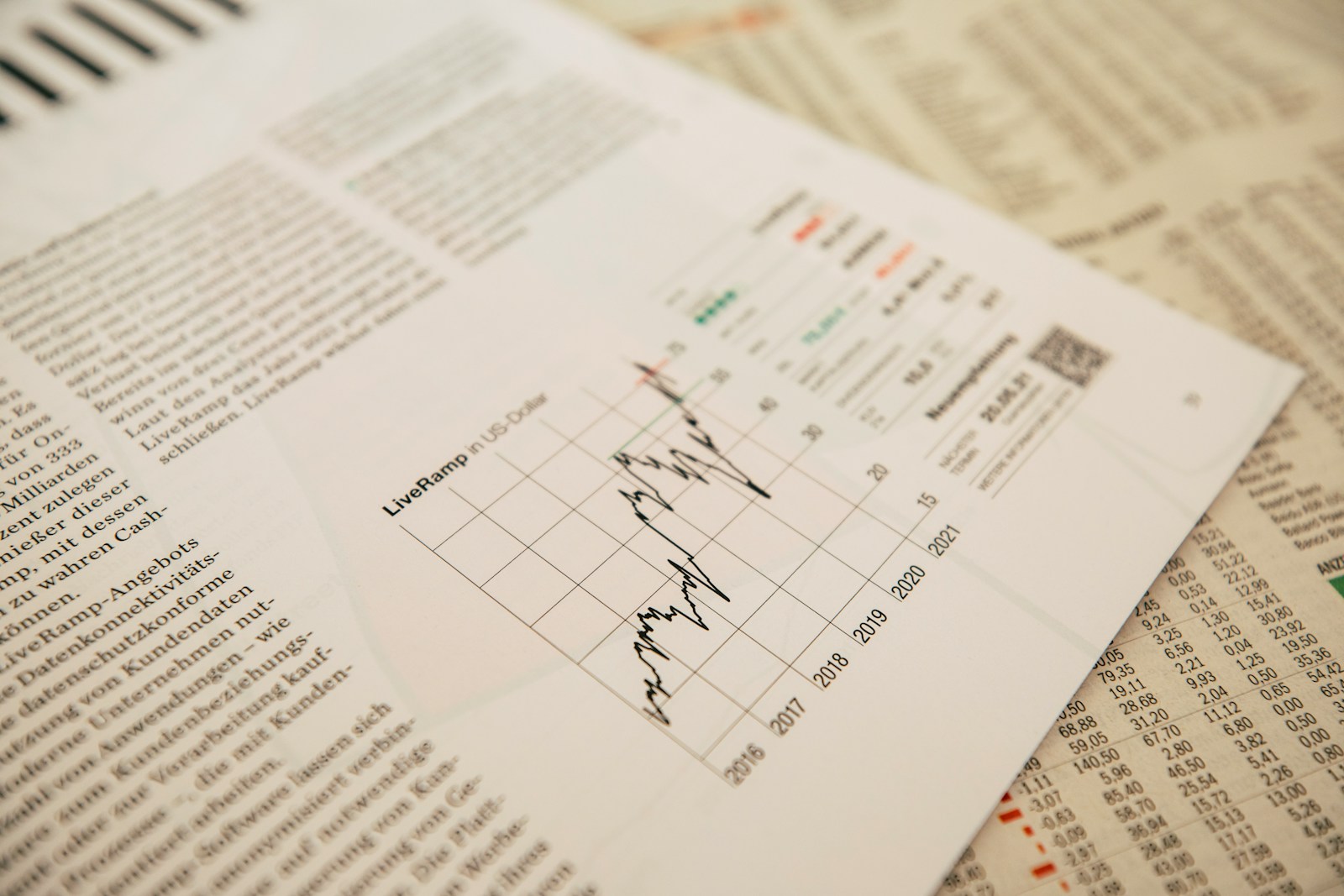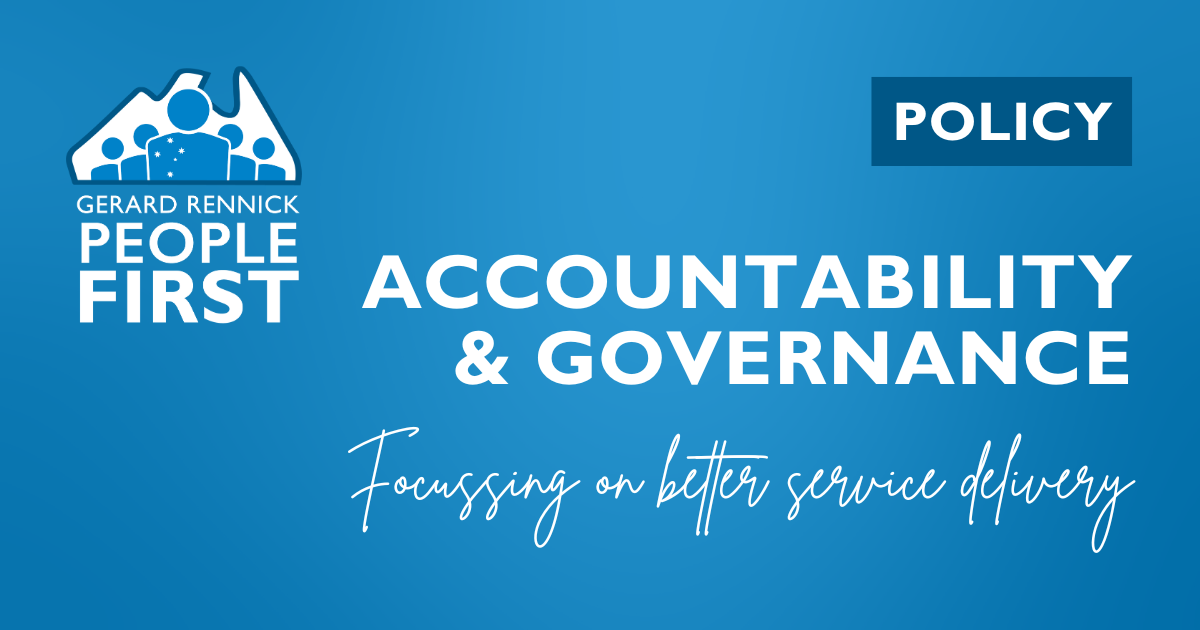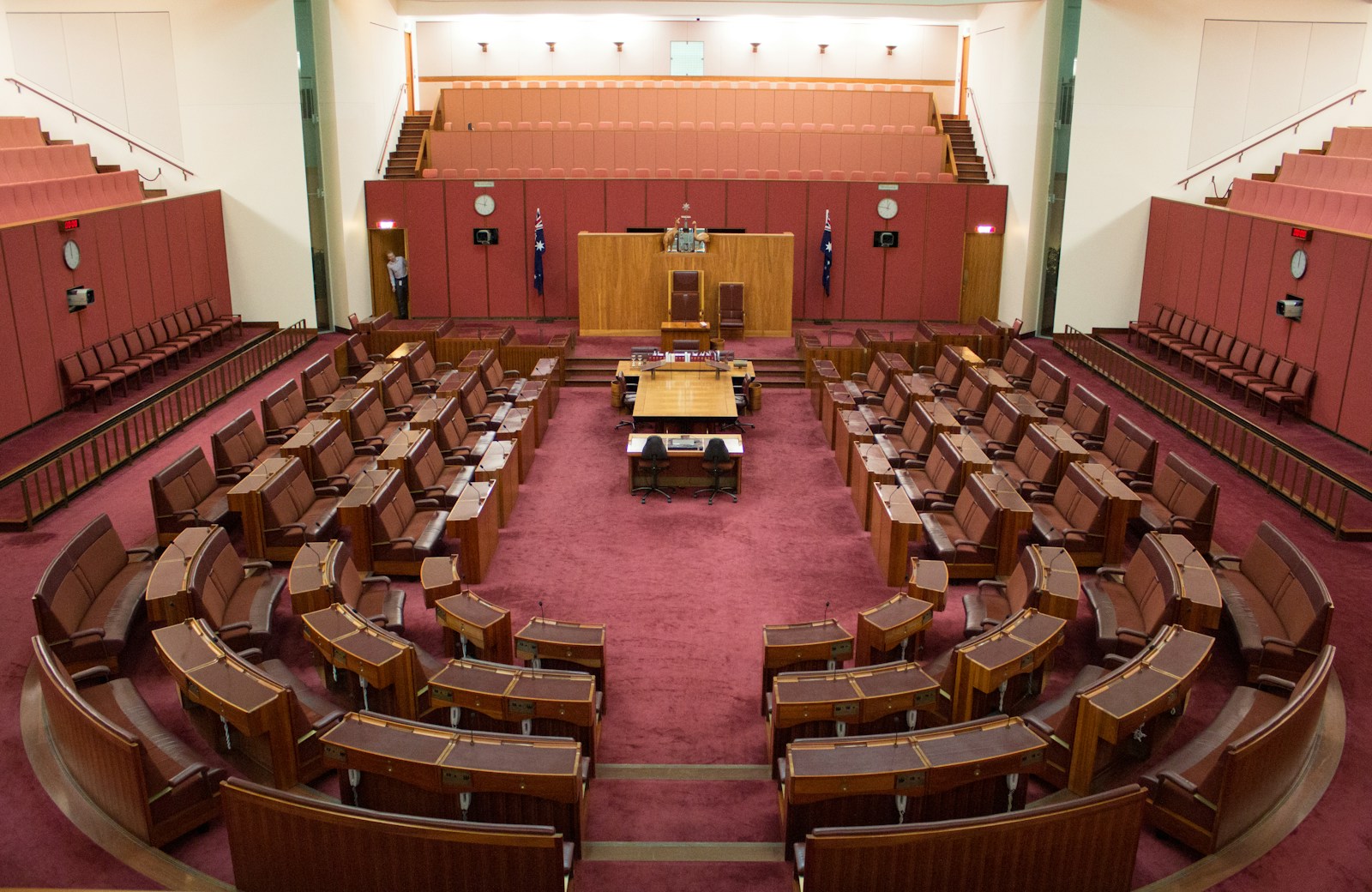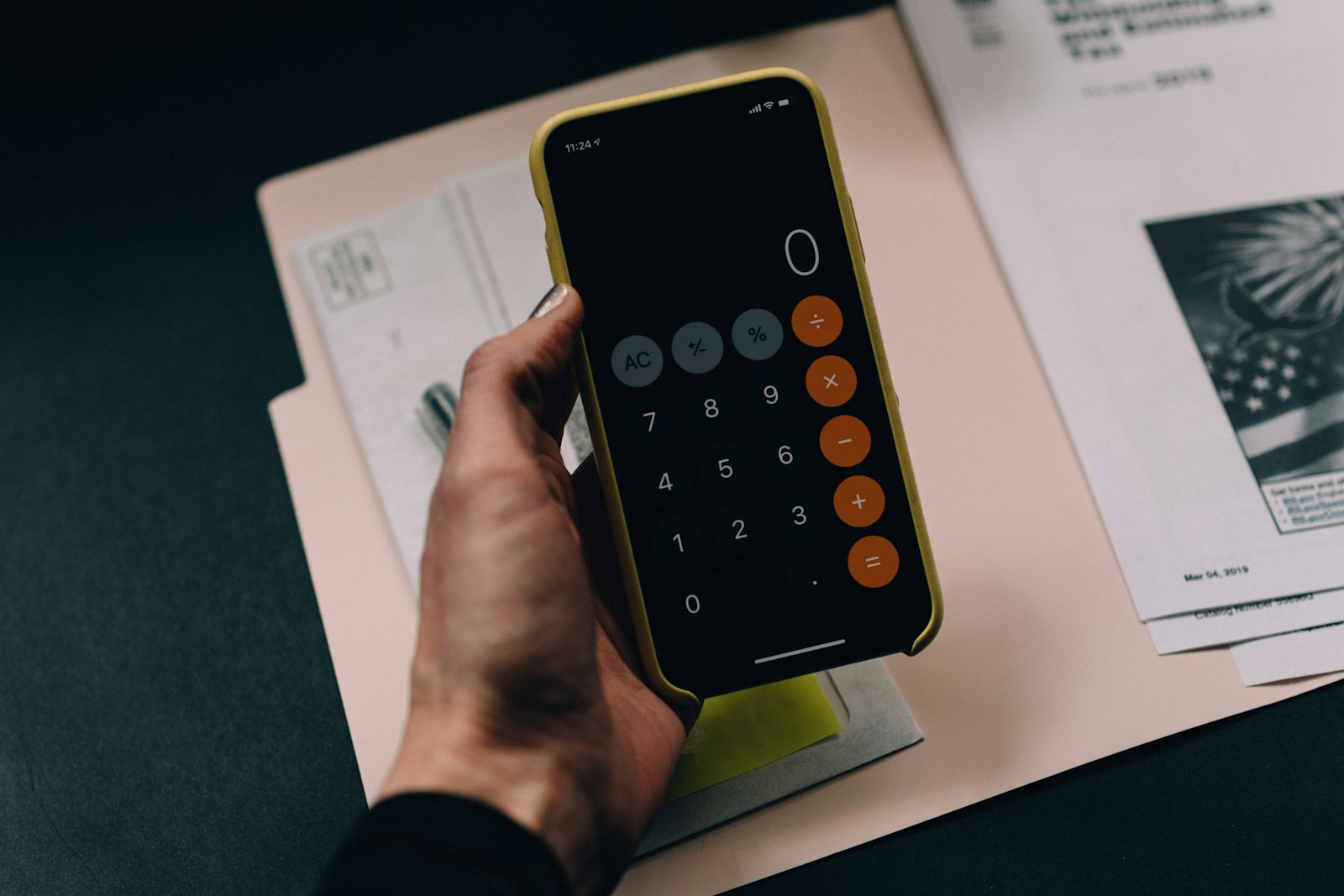“I can provide you with aggregate data about rebates provided from the medical companies to the government but they’re covered under commercially confidential deeds for individual medicines.”
•••••••••••••••••••••••••••••
“A court has dismissed an Australian Competition and Consumer Commission appeal in a case in which it alleged Pfizer had used its market power to limit competition for its cholesterol-lowering drug Lipitor. The ACCC said on Friday it was considering the judgment and remained committed to pursuing cases involving “misuse of market power”.
“The ACCC brought this appeal because it was concerned that Pfizer’s use of its market position as supplier of the top-selling branded atorvastatin immediately before generic products were able to enter the market harmed the competitive process and therefore consumers,” chairman Rod Sims said in a statement. The drug Lipitor generated annual sales of more than $700 million for Pfizer in Australia before the company’s patent expired here in May 2012, the ACCC said when it launched the case against Pfizer in 2014. The ACCC alleged that Pfizer had offered big discounts and rebates on Lipitor to pharmacies that bought up large quantities of the drug and agreed to limit re-supply of competing generic atorvastatin products.”
••••••••••••••••••••••••••••
“The most popular type of statin has been atorvastatin, which has the brand name Lipitor. It has topped the list of highest expenditure drugs on the PBS for the last decade, costing Australian taxpayers more than $7 billion in total, which has gone to Pfizer, the company holding its patent. But the expiry of this patent last year means that Pfizer no longer has an exclusive right to sell atorvastatin; many other firms can now produce equivalent formulations of the drug, which are known as generics. In most countries, governments have moved to make large savings by using low-cost generics. For a widely used drug such as atorvastatin, generics can cost 95% less than the price of the original drug. A typical dose of atorvastatin (40 milligrams), which went off patent in many countries last year, now costs just a few dollars a month in England, Sweden and New Zealand. In fact, the generic form of atorvastatin is exclusively provided in New Zealand by Pfizer for around $2 a month.
But wait… Not in Australia.
The pricing agreement with the government specified a reduction of only 16% (to around $50 per month for a 40mg dose) and that this price would fixed for 18 months. As the price of these drugs internationally is so much lower, generic manufacturers offer large discounts on the wholesale price of the medications to pharmacists. And pharmacists get to pocket the difference.
Each time a script for atorvastatin is dispensed, the government pays $50 to a pharmacist to cover the wholesale cost of the drug. If the pharmacist actually purchases generic atorvastatin for $10, she keeps the extra $40 per script flowing from discounts. The windfall gains from discounts come on top of the $600,000 (on average) the government pays every pharmacy each year for dispensing medications and other incentives, through its agreement with the Pharmacy Guild.”
••••••••••••••••••••••••
While it’s important that people get affordable access to important drugs, when $17 billion of taxpayer funds is spent on the PBS it’s important the price being paid for patented and off label drugs is fully disclosed.
Unfortunately that’s not the case, so the taxpayer gets exploited especially in regard to the cost of off label drugs.
The Health Department should not be covering up how much the taxpayer pays for individual drugs.
The secrecy suggests we are being ripped off.
Committee on 15/02/2024
Item: Community Affairs Legislation Committee – 15/02/2024 – Estimates – HEALTH AND AGED CARE PORTFOLIO – Department of Health and Aged Care
Senator RENNICK: Does the health department keep track of all the drugs it purchases on a publicly available schedule including costs and who produced those drugs—which sponsor you buy them from?
Mr Comley : Which drugs do you have in mind?
Senator RENNICK: All drugs. I want to know how much money the health department spends on drugs, and I want to see a line item listing.
Mr Comley : What I’m struggling with is that, in the predominant effect, what we do is we are part of the process that advises which drugs will be available in Australia and which will be listed on the PBS. I’m struggling with our role in actually purchasing pharmaceuticals. With vaccines we have in the past, but—
Senator RENNICK: Including PBS. That’s part of the expenditure. The PBS cost was something like $18 billion, so I want a list of any drugs that you buy directly and then a list of any PBS subsidies. I want to know how much the drug costs and how much it’s being sold for through the pharmacy by sponsor. I just want to see how the money is being spent and compare it to frontline services.
Mr Comley : I just baulk at us as a department buying these drugs when in fact that’s not really the way it works.
Ms Shakespeare : We’re happy to talk about how the Pharmaceutical Benefits Scheme works, but I might ask Professor Singer to first talk about the directly purchased medicines which are held in the National Medical Stockpile and the extent to which we can provide any information about that.
Prof. Singer : We do purchase drugs for the use of the National Medical Stockpile, which essentially is a series of drugs that are used for emergency purposes—for example, we used them as part of the pandemic, where they were distributed either to states and territories or directly to general practices. I can tell you that, for example, since the start of the pandemic, there has been around $3½ billion in personal protective equipment. In terms of drugs, I can’t give you an actual cost from the figures I’ve got here, but I can tell you that there were 755,000 COVID-19 treatments that were deployed through the NMS which essentially were provided to states and territories, the Aboriginal community controlled health centres and—
Senator RENNICK: I thought something like 300 million COVID vaccines were bought.
Prof. Singer : These are treatments, not vaccines. I’ll have to take it on notice.
Senator RENNICK: Take it on notice. I want a list of what you buy directly and then a list of your PBS schedule by drug and how much each drug is subsidised by.
Prof. Singer : To be clear, the direct purchases for the National Medical Stockpile are not part of the PBS.
Senator RENNICK: I know. I want to know about your direct purchases and then your PBS schedule and by how much each drug is subsidised. On the tax expenditure statement, it said the PBS cost was $18 billion. I just want to see how that’s broken up line by line.
CHAIR: Senator Rennick, after the next question I’m going to have to rotate the call. You’re coming to the end of the coalition’s block.
Mr Comley : Why doesn’t Ms Shakespeare comment on what is currently published with respect to the PBS and which information is available.
Senator RENNICK: Could you provide that on notice? I’ve got to get through more questions.
Ms Shakespeare : All of the PBS medicines and their published prices are published at pbs.gov.au. There are, I think, 9,000 different brands, and they’re all published.
Senator RENNICK: Does that also show how much the government pays and how much it’s subsidised by?
Ms Shakespeare : In many cases it does. There are some cases where we have agreements with companies where they rebate us for a proportion of the price. That is not published, and I’m not able to provide that to you.
Senator RENNICK: Are you able to provide the volume? I want to reconcile that back to the $18 billion. You can say: ‘This drug is subsidised. It costs $10, and we sell it for $5; we give a $5 rebate.’ But then I want to see the actual quantity.
Ms Shakespeare : I can provide you with aggregate data about the rebates provided from medicines companies to the government, but they’re covered under commercially confidential deeds for individual medicines. I can give you aggregate data, and we’ll provide that on notice.
Mr Wann : Just in terms of numbers, the net spend on PBS is about $12½ billion.






























